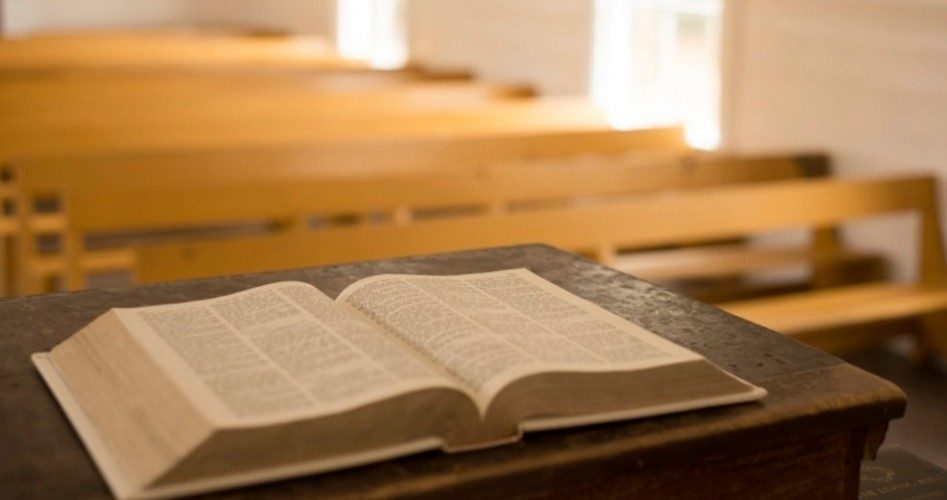
A recent study by a doctoral student at Stanford University appears to demonstrate a correlation between religious observance by adolescents and their success in school. The study by Ilana Horwitz, a Ph.D. candidate in Stanford’s Graduate School of Education, analyzed the differences in academic performance among public-school students based on the level of their involvement in religion.
Using data collected between 2002-03 by the National Study of Youth and Religion (NSYR), as well as interviews she conducted with over two dozen public-school students, Horwitz categorized students into five levels of religious observance: Abiders, Adapters, Assenters, Avoiders, and Atheists.
Among all categories, Horwitz was able to narrow down her findings to the differences between Abiders and Avoiders, finding that the Abiders — those who were the most religious — had the highest levels of academic performance based on grade point average (GPA). She described Abiders as students who “display high levels across all measured dimensions of religiosity and ‘abide’ by religion in a classic, institutional sense.”
By contrast, Avoiders — students who believe in God, but who “avoid religious involvement and broader issues of the relevance of religion for their life” — had the lowest GPA.
“Generally, kids who are religious drink less, have less sex, and are more closely supervised by their parents,” noted Horwitz. “These variables explained some of why religious kids do better in school. But my models showed there’s something above and beyond those factors that the survey data couldn’t explain.”
Based on her research, Horwitz found that religious observance by students appears to promote two qualities that tend to lead to success in a public-school setting: “conscientiousness” and “cooperation.” Across all socioeconomic levels, Horwitz found that with these two crucial elements front and center, Abiders typically performed better by grade point average than did Adapters, Assenters, and Avoiders, with the gap between Abiders and Avoiders being the largest.
Even after controlling for such factors as gender, race and ethnicity, religious affiliation, and geographic region, Abiders merited an average GPA of 3.21, compared to 2.92 for Avoiders.
“Although it is well known that academic performance is correlated with income, my study suggests that good academic performance is also driven by habits learned through religious adherence,” wrote Horwitz of her research. “By accounting for variation in religiousness, my research yields a richer understanding of stratification in the educational system. Given the Abider-Avoider achievement gap presented here, this study pushes scholars to consider religion as a missing paradigm in the study of educational inequality.”
CLICK HERE to to review the entire report.


